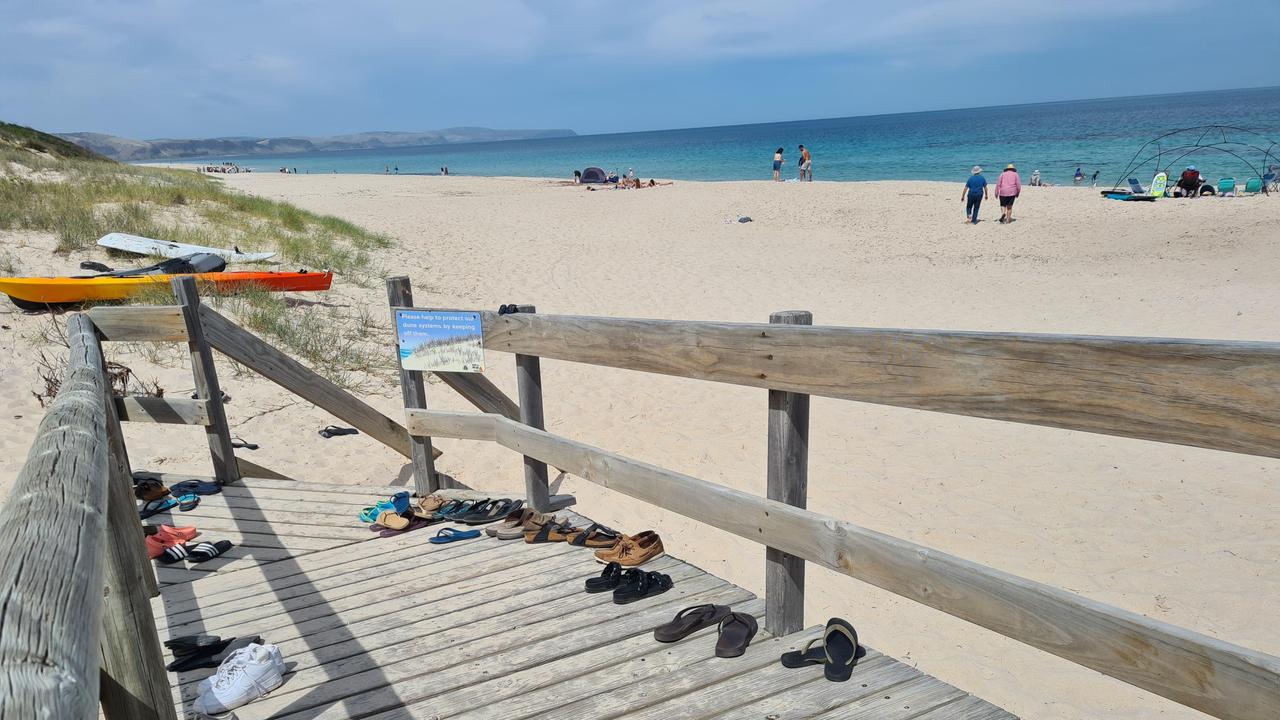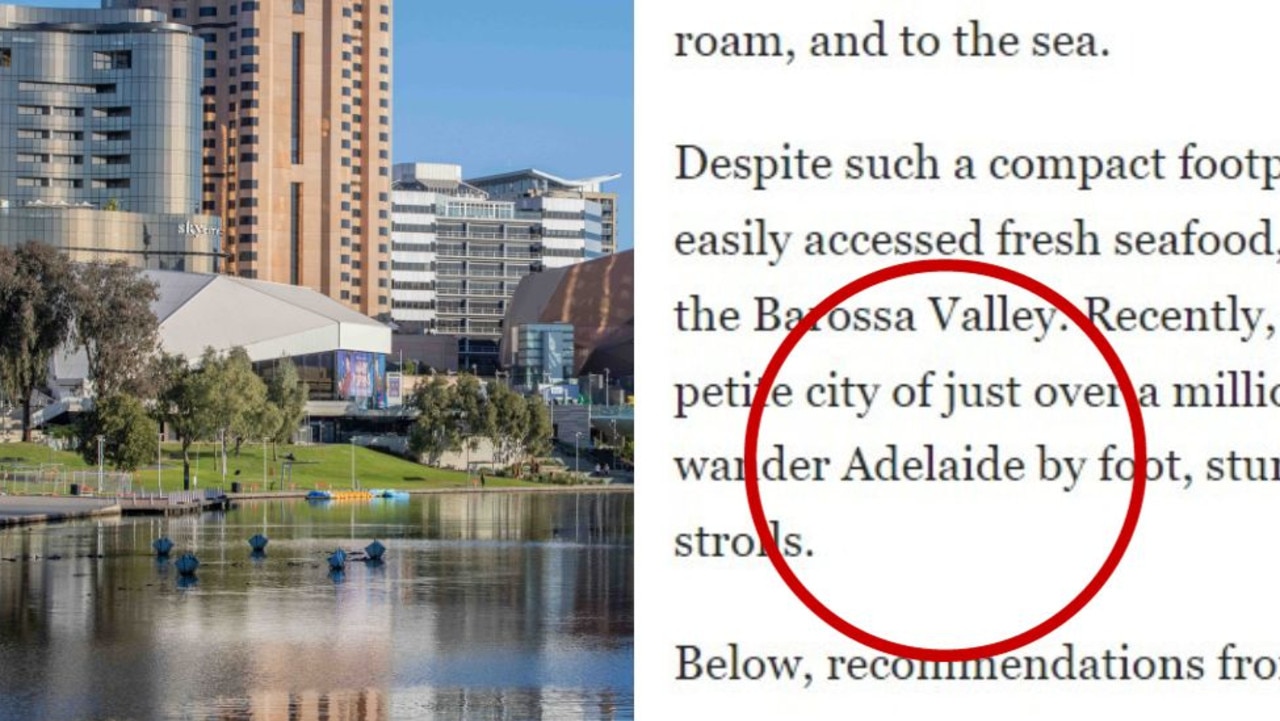Wacky plan to rename South Australia
LET’S face it. South Australia is a dead boring name for our fourth largest state. One man has a bold idea of what we should change it to.
A BIZARRE plan has been floated to ditch the name South Australia entirely and give our fourth largest state a new moniker.
Instead of its current name, South Australia should be called simply Adelaide and its capital should become — somewhat confusingly — “Adelaide, Adelaide”.
Bill Muirhead, who is the agent general for South Australia in London, a kind of ambassador but for just a state, said the city’s new double name could become as well-known as New York, New York.
While Australia has some exceptionally bland state names, if things had been different some of us could now be living in New Holland, Centralia or even Kingsland.
Mr Muirhead suggested changing the name as one of six big ideas for the state as he picked up an honorary doctorate from the University of South Australia.
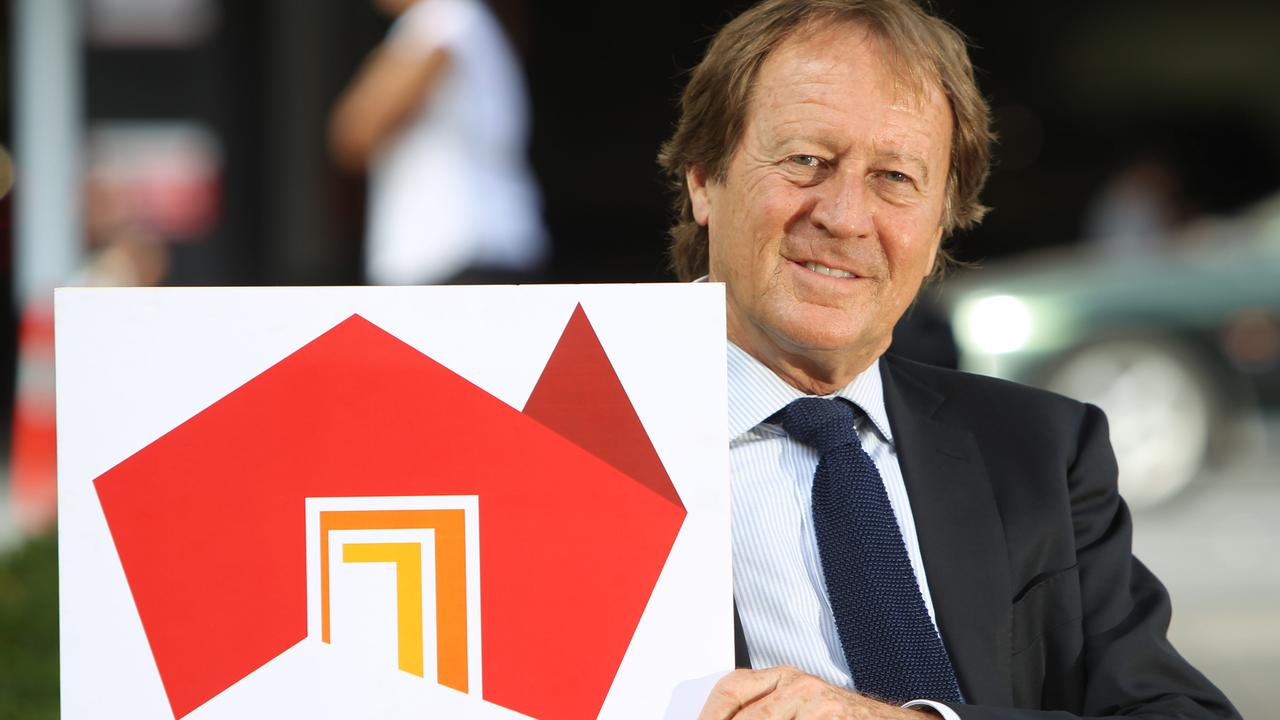
These included focusing all tourism marketing on Kangaroo Island, embracing the state’s potential role as a nuclear storage facility and creating a reality TV show based on the wine industry, The Advertiser reported .
But it’s Mr Muirhead’s plan to dump the name South Australia that’s raised eyebrows.
“My point is we are really a city state. But we are on a land mass four times as large as the UK. Why not be ‘Adelaide, Adelaide’?’’
To be fair, he has a point. South Australia is the most centralised state in Australia.
Three quarters of the population live in the capital city, compared to just half of Queensland’s population.
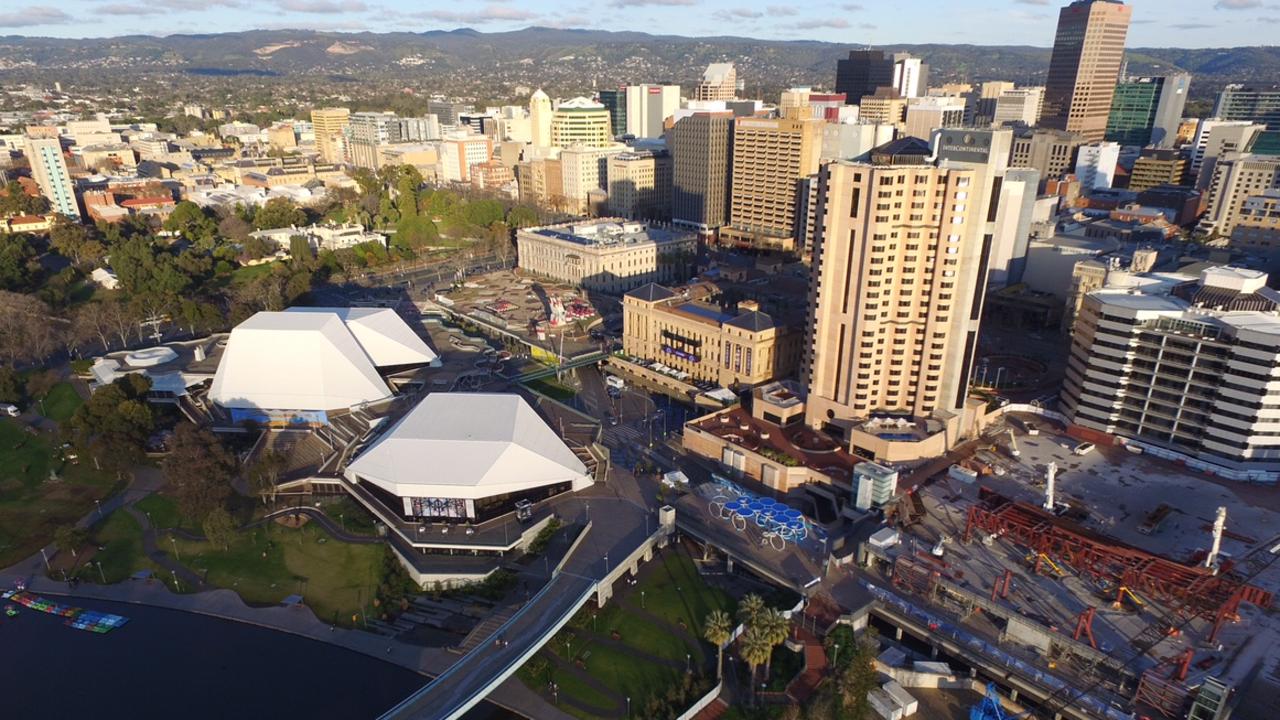
SA’s second largest city, Mount Gambier, has a population of 28,000 people, almost 50 times smaller than Adelaide’s 1.3 million.
But critics have also pointed out that Adelaide is only a small part of the state in terms of area, and much of South Australia’s mineral wealth comes from far outside the capital. Others have said that, given the state’s most famous export is wine, South Australia may as well be renamed Barossa.
It’s not the first time renaming the state has been raised. In 2012, then chief executive of lobby group Business SA, Peter Vaughan, said a logo was not enough to build the state’s profile.
“Instead of mucking around with branding, if we’re going to be bold and rethink our brand how about thinking of a new name for South Australia?” he said.
The name was too vague for many people overseas, particularly as two other states could claim to be further south.
In 1999, adverting guru John Singleton said the state’s name was “boring” and suggested it be renamed Bradman, after the cricket legend.
Here’s how Australia’s other states and territories got their name, and what they could have been called.
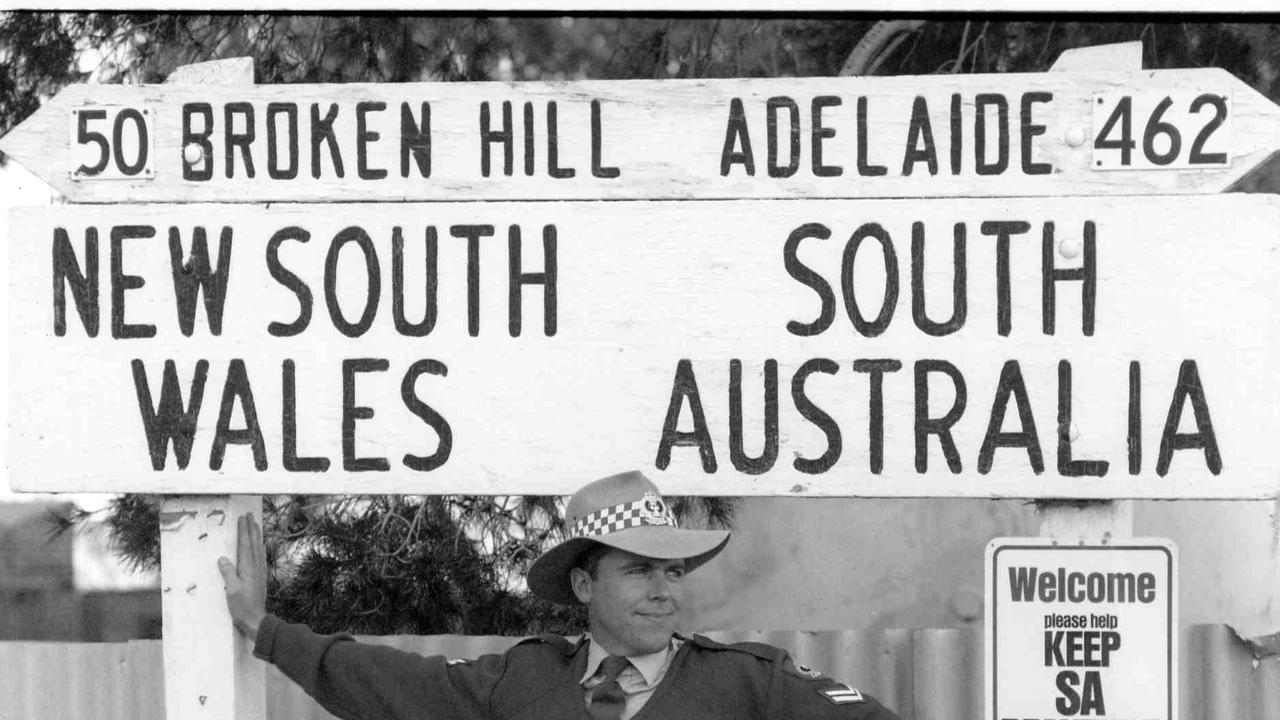
NEW SOUTH WALES
It’s clear where the name NSW hails from, but it’s unclear exactly how it was settled on.
The first colony to be named, in 1788, NSW once covered all of eastern Australia and New Zealand.
In his journals, Captain James Cook named the land “New Wales” after the rugged and lush region of the United Kingdom.
But, in another copy of his journal, Cook added the word “South” to the name. Why he did this is unclear. Was it to reference South Wales, the area of Wales that includes the capital Cardiff? Or could it be to make clear this new version of Wales was far further south than the old one?
VICTORIA
Originally known as the Port Phillip District, this regional division of NSW once stretched as far north as Wagga Wagga and Canberra.
In 1851, the district officially split from NSW, with the order signed by Queen Victoria. In gratitude, the new state was named in her honour.
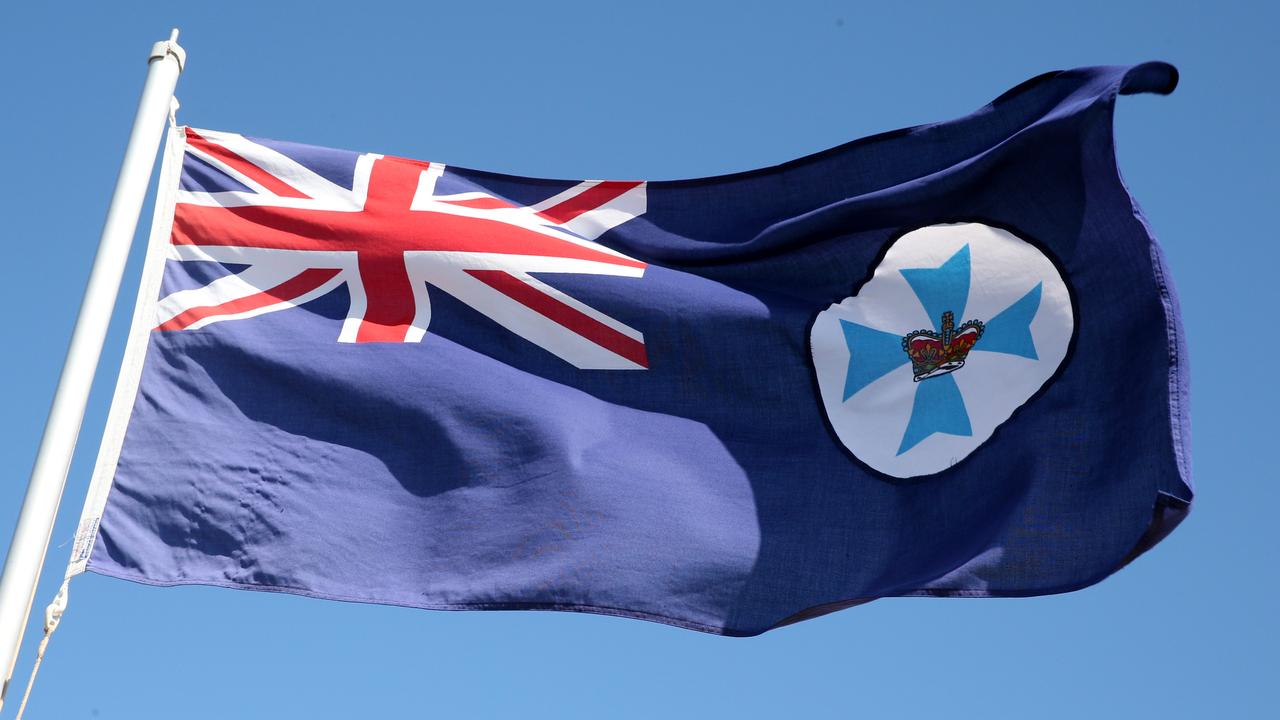
QUEENSLAND
The residents north of the Tweed were also keen to shrug off the yoke of Sydney and, in 1859, were separated from NSW.
Like Victoria, the plan was to honour Her Majesty’s benevolence, but that name was now out of bounds. So Queensland, it became. Same, same but different.
WESTERN AUSTRALIA
The only part of Australia never to be part of NSW, Western Australia was first named in 1644 by Dutch explorer Abel Tasman as New Holland. But the Dutch never laid claim to the land they’d named, believing it to be barren.
In 1825, Britain swooped and, in 1829, formed the Swan River Colony where Perth is now located.
It was by that name that the whole of the western side of Australia became known until, in 1832, the Colony of Western Australia was formed.
The Dutch continued to refer to Australia as New Holland until the mid-19th century.
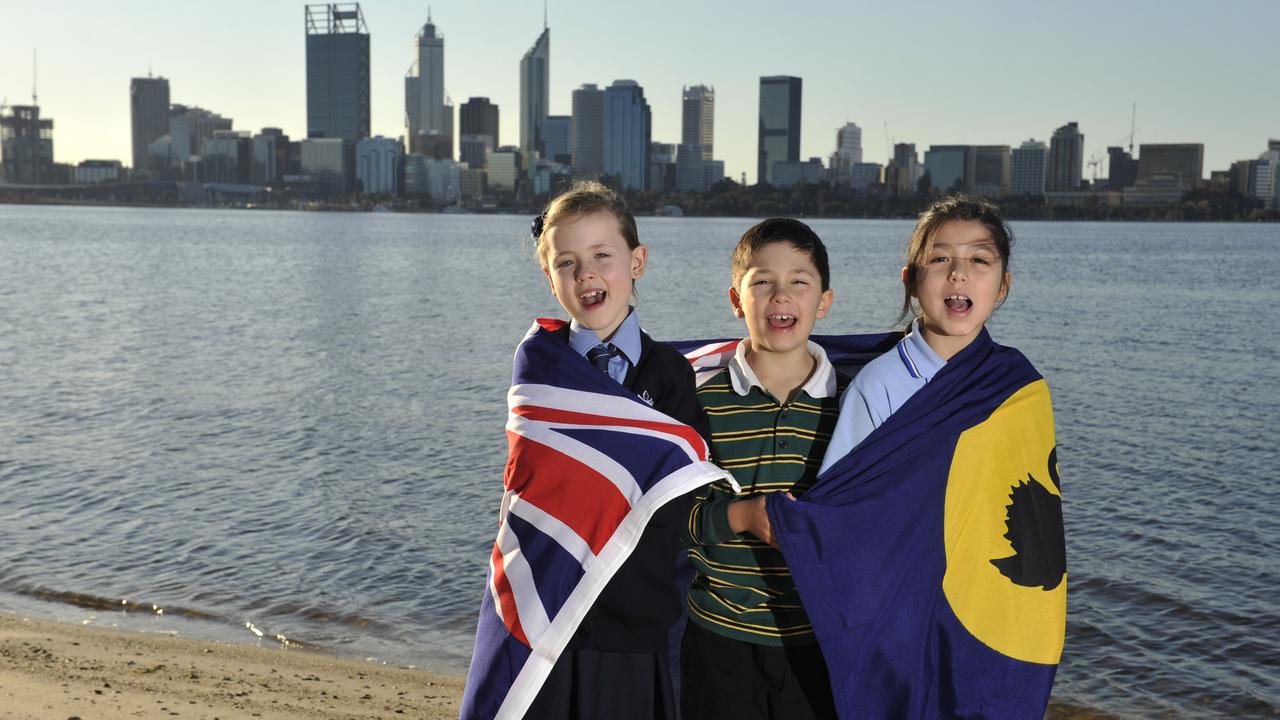
SOUTH AUSTRALIA
The state is named after the London-founded South Australian Company that, in 1836, set up shop in Kingscote on Kangaroo Island.
Adelaide is named after the German-born Queen Adelaide of Saxe-Meiningen, who was the wife of King William IV. The city was named in her honour in 1836, just a year before King William’s death.
TASMANIA
Abel Tasman was not the best at naming states. New Holland never caught on and neither did Van Diemen’s Land, the name he bestowed upon Tasmania in 1642 in honour of Anthony van Diemen, the Governor-General of the Dutch East Indies, now Indonesia.
In 1825, Van Diemen’s Land separated from NSW but the name didn’t last long as it brought to mind the harsh penal colony the island had become.
In 1853, the original name was banished and the region named after Mr Tasman.
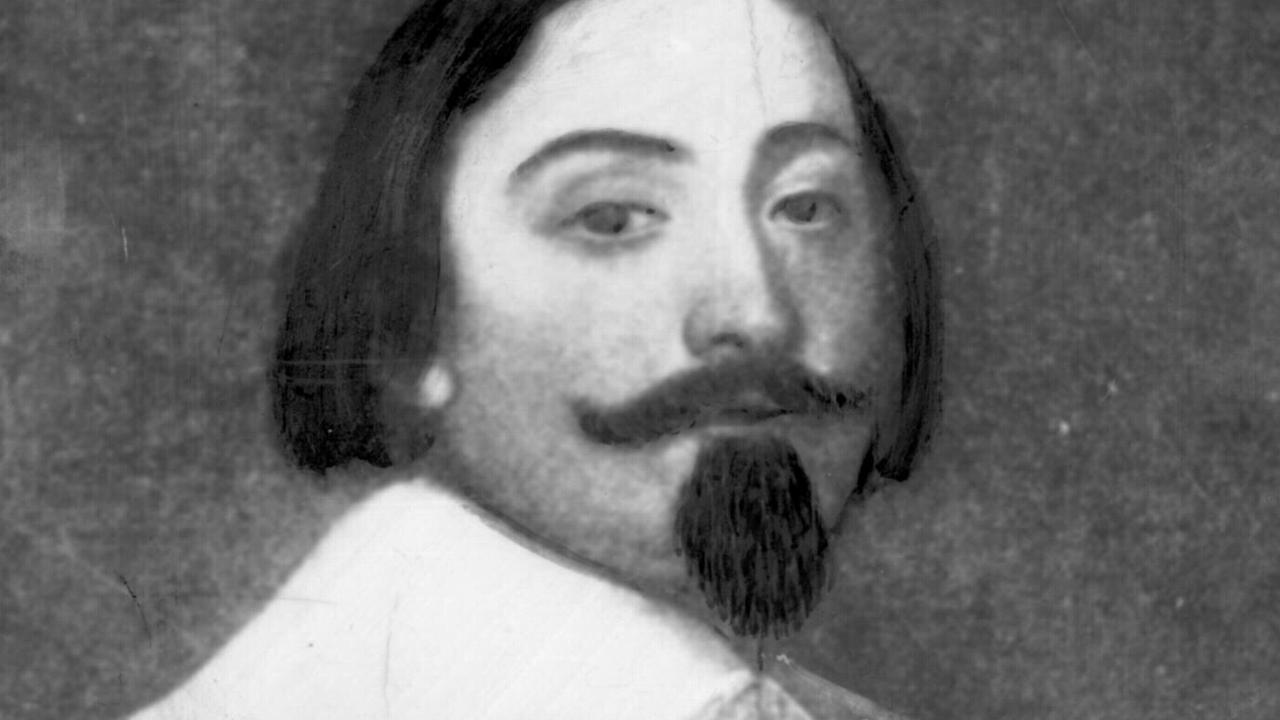
NORTHERN TERRITORY
The NT was only separated from South Australia in 1911 with “Northern Territory” seemingly a stopgap name.
Moves were afoot to rename the area “Centralia” and “Territoria” but the favourite was always “Kingsland”, which would make a nice counterbalance to Queensland and commemorate King George V.
But it never quite happened and NT has stuck. If the Territory ever does become a state (its current status means the Federal Government can veto legislation drafted in Darwin) the most likely name would be “Northern Australia”.
AUSTRALIAN CAPITAL TERRITORY
The ACT was carved out of NSW in 1911 for a national capital that, at that point, had yet to be named.
The smallest mainland subdivision, the ACT is largely contained within the lands of a single Aboriginal people, the Ngunnawal. As such, it could be the easiest state or territory to give an Aboriginal name to. However, the ACT already commemorates the Ngunnawal in the name of a suburb in Canberra’s north.



